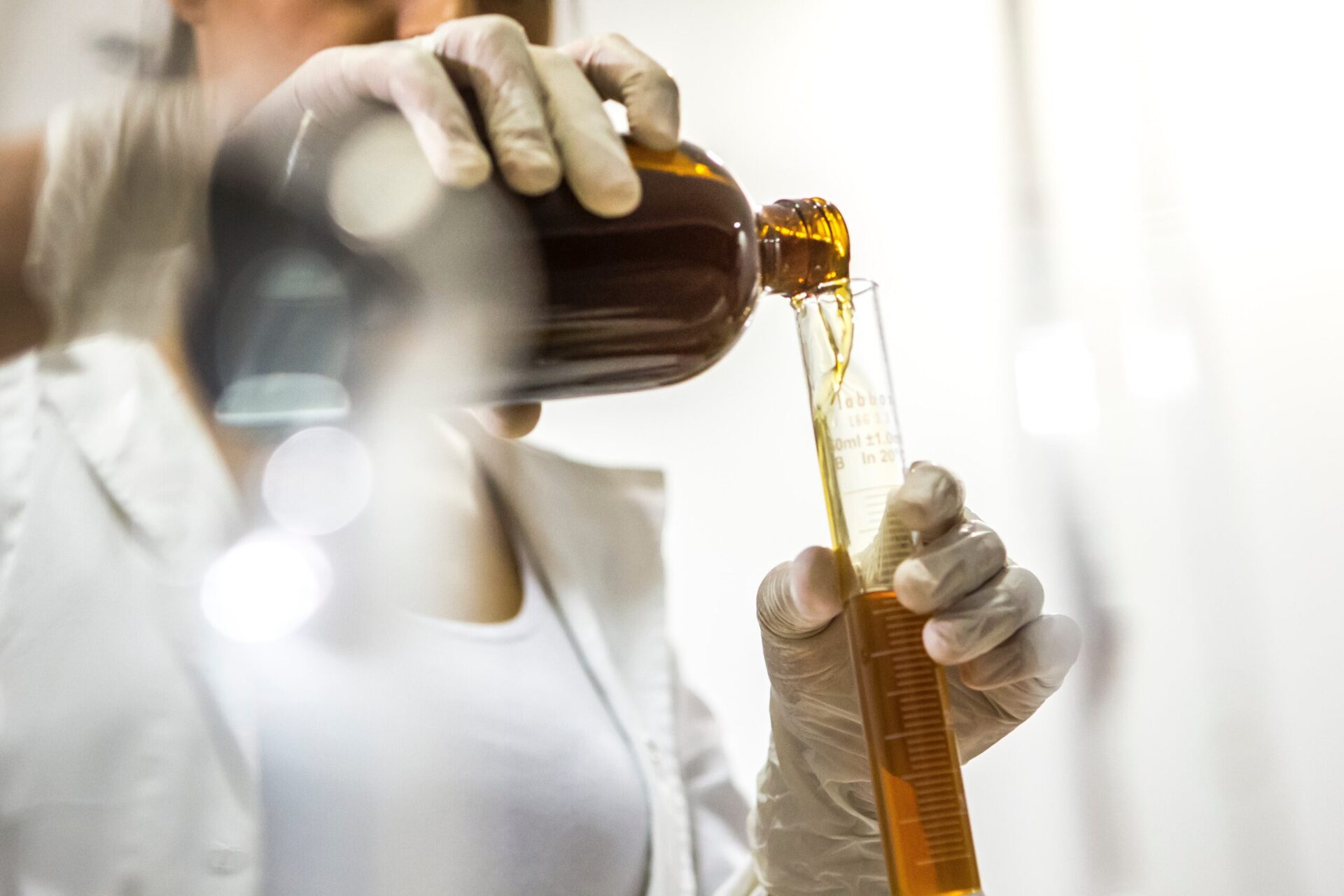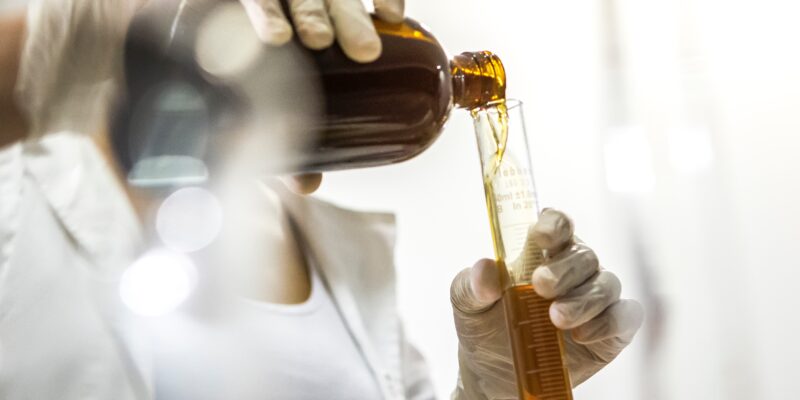
Various chemical compounds are added to lubricant base oils to improve the performance of the final product. Two such compounds are anti-wear (AW) and extreme-pressure (EP) additives. Although the terms anti-wear and extreme-pressure are often used interchangeably in the language of lubrication, there are noteworthy contrasts between the two additive packages. In this and the next edition of the newsletter we will endeavor to explain the differences between AW and EP additives.
Anti-wear and extreme-pressure additives are used to reduce friction and wear between moving metal surfaces in boundary- and mixed-lubrication conditions (for details please refer to OilChat #22). AW and EP agents both function by depositing a protective barrier on the metal surfaces but their chemistries and the way they function are poles apart.
Anti-Wear Additives are often phosphorus based polar compounds with oil soluble tails and polar heads that have an affinity for metal surfaces. These additives work by the polar heads physically bonding, or adsorbing, to the metal frictional surfaces (like iron to a magnet) to form a protective film as shown in Figure 1. Under boundary- and mixed-lubricating conditions the heat generated by metal-to-metal contact, triggers the adsorbed additive layer to bond chemically with the metal surface to form a chemisorbed film as illustrated in Figure 2. This provides a more robust protective barrier or coating on the metal surface.

Zinc dithiophosphate (ZDP) compounds are the most commonly used anti-wear additives. Zinc dialkyl-dithiophosphate (ZDDP) is typically used to formulate engine oils, hydraulic fluids, automatic transmission fluids and some greases. They also help to protect the base oil from oxidation and the metal from corrosion. ZDP compounds start decomposing at 130˚C to 170°C and are thus not suitable for very high temperature applications. Tricresyl phosphate (TCP) is a functional alternative for such uses since it can be used at temperatures well in excess of 200˚C. TCP is often used as AW additives in turbine oils and it is also suitable for applications with silver components because it does not contain zinc.
Some lubricant formulations and certain aftermarket engine oil additives use polytetrafluoro-ethylene (PTFE) for wear protection but its efficiency is controversial. A well-known trade name of PTFE is Teflon, a brand name of the DuPont Chemical Company. DuPont, however, does not give an enthusiastic endorsement of PTFE as a lubricating oil additive. While DuPont says that Teflon is great for preventing food from sticking to frying pans, the company is equivocal about Teflon as an engine oil additive and they have never “promoted” such usage.
Under extreme-pressure conditions, the performance of AW additives becomes insufficient and designated EP agents are required. In the next issue of OilChat we will discuss the basics and operation of extreme-pressure additives. If, in the interim, you have any questions concerning friction-reducing compounds, our experts are at your disposal and ready to provide you with advice and guidance. Simply mail us at info@bcl.co.za.

